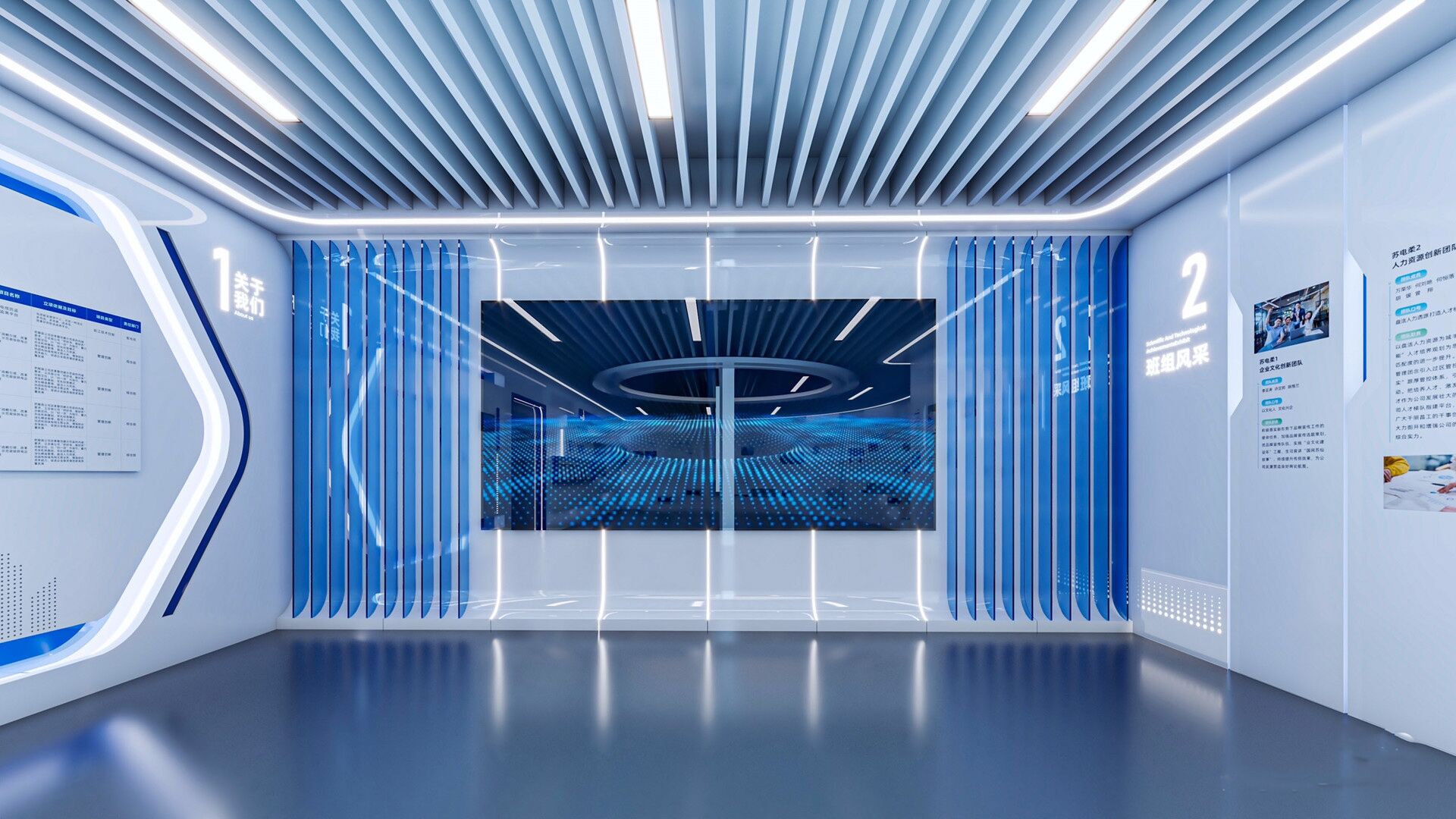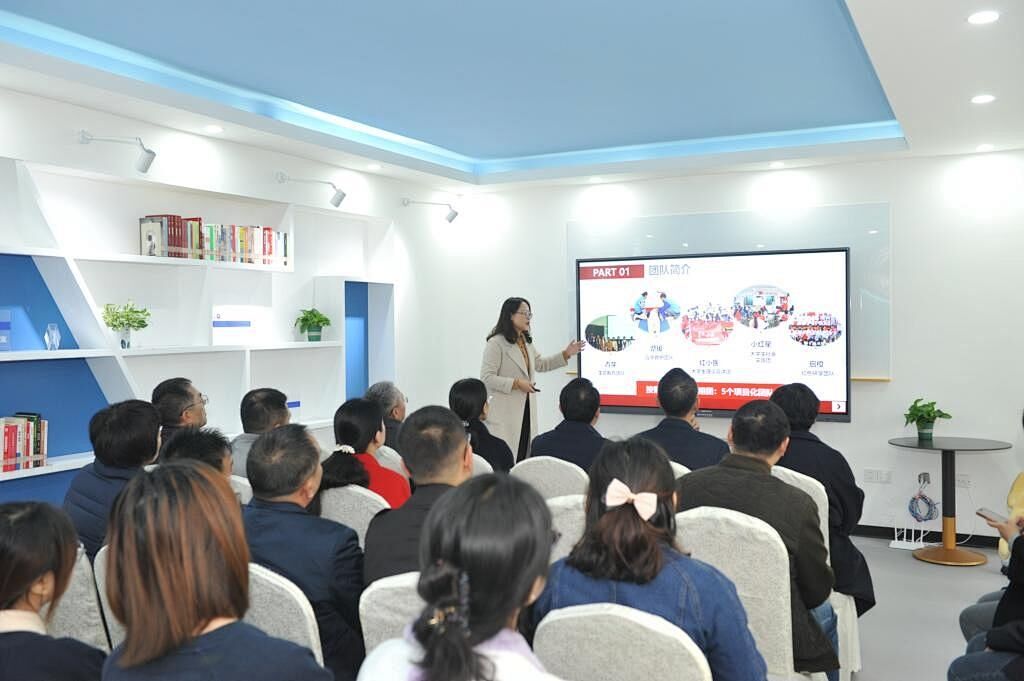Наука за Ортотехніка для Спортивної Продуктивності
Біомеханіка підтримки стопи в спорту
Коли ми досліджуємо біомеханіку підтримки стопи у спорту, важливо зрозуміти, як стопа функціонує складно під час спортивних заходів. Стопа є динамічною структурою, що складається з кісток, м'язів та сухожилля, які працюють разом для забезпечення балансу та імпульсу. Ця складна взаємодія значно впливає на спортивну продуктивність. Наприклад, структура стопи, включаючи висоту свода та вирівнювання п'яточки, може впливати на загальну продуктивність та збільшувати ризик травм, таких як витягнення або переломи. Підтримка свода та правильне вирівнювання п'яточки є критичними, оскільки спеціалісти, такі як др. Джон Кеннеді з NYU Langone Orthopedic, підкреслюють, що коригуючі ортези можуть допомогти зменшити механічні невирівняння та покращити показники продуктивності.
Як Ортотехніка Покращення Передачі Сили та Ефективності
Ортотехніка відіграють ключову роль у покращенні передачі сили та ефективності в спортивній діяльності шляхом оптимізації фізики передачі енергії через кінетичний ланцюг. Потік енергії починається з контакту стопи з поверхнею, а ефективна передача призводить до покращення результатів. Ортотехніка максимізувати витрату енергії, забезпечуючи правильне вирівнювання та підтримку, що дозволяє спортсменам ефективніше використовувати свою силу. Дослідження підтверджують ці переваги; дослідження 2018 року виявило, що ортопедичні стельки збільшують комфорт бігу та швидкість, одночасно зменшуючи втомлювання. Це виміряне покращення продуктивності є свідоцтвом здатності ортопедичних пристроїв покращувати енергетичну ефективність в спортивних досягненнях, чи то на дорозі або при стрибку в баскетболі.
Зменшення впливового навантаження на суглоби та м'язи
У видях спорту з високим навантаженням механіка ударних навантажень може бути драждаючою, створюючи ризики для суглобів та м'язів. Ортези виступають як механізм захисту, розподіляючи ударні сили по стопі, зменшуючи навантаження на суглоби та знижуючи ймовірність травм, таких як стресові переломи. Ця функція особливо важлива для спортсменів, які займаються видами спорту з швидкими зупинками та стартами. Дані вивчень свідчать, що користувачі ортезів мають нижчі показники травматизму завдяки цьому розподіленню і зменшенню стресу. Зменшуючи ударні сили, ортези значно сприяють захищенню суглобів та м'язової стійкості, надаючи спортсменам впевненості тренуватися та конкурувати агресивно без страху перед травмами.
Головні фактори виробництва спортивних ортезів
Сучасні матеріали для тривалості та гнучкості
Розробка спортивних ортезів досягла значних досягнень завдяки введенню інноваційних матеріалів, які покращують як стійкість, так і гнучкість. Ці матеріали, такі як термопластичні еластомери та армовані композити, спеціально розроблені для того, щоб витримувати навантаження під час спортивної діяльності, одночасно забезпечуючи оптимальну підтримку. Важливість гнучкості у матеріалах ортезів не може бути перечеркана, оскільки вона дозволяє спортсменам зберігати їхню амплітуду рухів, забезпечуючи при цьому стабільність. Дослідження показали, що ортези, виготовлені з міцних матеріалів, можуть суперечити втомленню матеріалу, зберігаючи продуктивність на протязі довшого періоду. Цей баланс між стійкістю та гнучкістю забезпечує спортсменам необхідну підтримку, не обмежуючи їх природні рухи.
Точна інженерія для специфічних вимог спорту
Точна інженерія у виробництві спортивного обладнання ортотехніка відіграє ключову роль у задовolenнi спортивних потреб. Використовуючи сучаснi інженернi процеси, такі як 3D-сканування та друкування, виробники можуть створювати ортези, які точно налаштовані під потреби різних видів спорту, чи то біг, велосипедний спорт або високонавантажні види спорту, такі як баскетбол. Співробіта між інженерами та спортивними професіоналами є критичною в цьому процесі, щоб забезпечити відповідність продукції конкретним вимогам спортсменів. Наприклад, вивчення окремих випадків показали, як точна інженерія дозволила створити ортези, які покращують результативність та зменшують ризик травм у таких видах спорту, як футбол та спринтерський біг, де підтримка стопи є важливою для швидких стартів та зміни напрямку.
Вагомий баланс між підтримкою та зменшенням ваги
Досягнення правильного балансу між підтримкою та зменшенням ваги у спортивних ортезах є ключовим фактором при виготовленні. Легкодизайн є необхідним для сучасних спортсменів, які потребують швидкості та маневреності, але він не повинен виконуватися за рахунок підтримки. Дослідження в галузі матеріалознавства та технологій дозволяють виробникам зменшувати вагу ортезів, зберігаючи необхідну підтримку завдяки інноваціям, таким як комбінована структура та карбонові складові. Дані від виробників свідчать про значні покращення у комфорті та продуктивності спортсменів, коли вага мінімізована без поступу в підтримці. Цей хрупкий баланс є критичним для забезпечення спортсменів ортезами, які покращують продуктивність, забезпечуючи комфорт та мінімізуючи втомлювання.
Наймовніший чи серійний: що потрібно знати спортсменам
Процес персоналізації у виготовленні ортезів
Персоналізовані ортези пропонують підготовлене рішення для спортсменів, враховуючи індивідуальні біомеханічні потреби та покращуючи спортивну продуктивність. Процес персоналізації зазвичай включає оцінку структури ноги спортсмена та його біомеханіки, часто використовуючи 3D-скани або форми для створення точного підходу. Цей особливий підхід не тільки враховує унікальні умови стопи, але й оптимізує підтримку та вирівнювання. За даними експертів, таких як сертифіковані педортісти, переваги персоналізації розширюються на покращення балансу, зменшення ризику травм та підвищення продуктивності завдяки стабільному та ефективному біомеханічному фундаменту. Ця особлива підтримка є ключовою для спортсменів, які шукають підтримки максимальної продуктивності, одночасно мінімізуючи ймовірність травм.
Коли загальні ортези вистачають для спортивного використання
Стандартні ортези ефективно відповідають певним видам спорту та менш суворим умовам стоп, надаючи витратне альтернативне рішення на замовлення. Вони особливо придатні для спортсменів, які займаються видами спорту з низькими біомеханічними вимогами або тих, хто почуває легкий дискомфорт через загальні проблеми зі стопою. Анкетування показало задоволення серед спортсменів, що користуються готовими ортезами для базової підтримки. Крім того, ці передумовні варіанти часто коштують лише частину вартості індивідуальних ортезів, що робить їх привабливими для початківців або спортсменів, які експериментують з ортезами вперше. Надавши необхідну підтримку та комфорт, стандартні ортези служать доступним входженням для багатьох спортсменів.
Кейси: Покращення продуктивності за допомогою адаптованих рішень
Дійсні випадки з життя підкреслюють значні досягнення у перформансі спортсменів, коли вони користуються спеціальними ортезами. Наприклад, спортсмени повідомляли про покращення швидкості, ловкості та загального комфорту, що приписуються індивідуальному припасуванню та цілеспрямованій підтримці, яку пропонують спеціальні рішення. Метрики, які використовуються для вимірювання цих покращень, включають зменшення кількості травм та збільшення показників продуктивності, таких як швидші спринтерські часи та більша тривалість під час змагань. Відгуки від спортсменів ще більше підкреслюють трансформаційний вплив настроєних ортезів, зауважуючи значні досягнення у продуктивності та комфорту. Такі докази підтверджують критичну роль спеціальних ортезів не тільки у підвищенні продуктивності, але й у мінімізації ризиків травм, таким чином продовжуючи спортивні кар'єри та здатності.
технології 3D-сканування та друку
З'явлення технологій 3D-сканування та друку перевернуло виготовлення ортезів, забезпечуючи точне відтворення унікальної форми стопи та біомеханіки спортсмена. Ці високотехнологічні процеси включають використання портативних пристроїв або сканерів для створення детальних цифрових моделей стопи, які точно відображають її контури та рухи. Потім технології 3D-друку використовують ці моделі для виготовлення персоналізованих ортезів, які задовольняють конкретні потреби спортсмена швидше і за нижчої вартості, ніж традиційні методи. Реальні застосування показали покращення ефективності та точності, з скороченням термінів виробництва на до 75% та збільшенням задоволеності клієнтів завдяки особливому підбору. Ця інновація не тільки покращує комфорт та підтримку, але й надає спортсменам можливість досягати кращих результатів за допомогою пристроїв, спроектованих саме для їхніх стоп.
Розумні ортези з вбудованою сенсорною технологією
Смарт-ортези є величезним кроком уперед у спортивній технології, надаючи спортсменам покращені інсайти та зворотній зв'язок у режимі реального часу. Ці інноваційні пристрої інтегрують сенсорну технологію для моніторингу продуктивності стопи спортсмена, надаючи цінні дані про розподіл тиску, ходові шаблони та ефективність руху. Надавши можливості практичної зворотньої зв'язки, смарт-ортези допомагають спортсменам коригувати свої техніки, запобігаючи травмам та оптимізуючи навчальні програми. Такі продукти вже залишили свій слід у спортивній галузі, перетворюючи те, як спортсмени тренуються та змагаються. Можливість моніторингу та корекції у режимі реального часу забезпечує спортсменів критичними інсайтами, що допомагає точніше налаштувати їхню продуктивність та зменшити ризик травм. Зараз, коли прийняття зростає, смарт-ортези мають стати необхідним інструментом для спортсменів, які шукають переваг у своїх тренувальних програмах.
Екологічні методи виробництва для стійкого обладнання
Збільшення попиту споживців на екологічно чисті продукти значно вплинуло на промисловість виготовлення ортезів, спонукавши до переходу на стійкі практики. Багато виробників тепер використовують екологічно безпечні матеріали, такі як біорозкладні полімери та перероблені резини, зменшуючи своє негативне вплив на середовище. Стійкі методи виробництва, такі як зменшення відходів шляхом ефективного дизайну та покращення енергетичної ефективності у процесах виробництва, набувають популярності. За даними недавнього опитування споживачів, більше 70% покупців виражають перевагу екологічно стійким продуктам, що спонукає виробників до відповідальної інновації. Ця тенденція не тільки відповідає очікуванням споживачів, але й відповідає більш широкому захопленню стійкістю, забезпечуючи спортсменам доступ до обладнання для підвищення продуктивності без пошкодження здоров'я планети.
Часто задані питання
Які переваги використання ортезів у спорту?
Ортези підвищують спортивну продуктивність, забезпечуючи оптимальну підтримку стопи, покращуючи передачу сили, зменшуючи ризики травм та збільшуючи загальну ефективність та комфорт під час фізичних навантажень.
Чи кращі особисті ортези за загальнодоступні?
Особисті ортези надають пофарбовану підтримку для конкретних біомеханічних потреб, покращуючи баланс та продуктивність, але загальнодоступні ортези можуть вистачати для менш інтенсивних видів спорту або мінорних проблем зі стопами через їхньою вигідністю.
Які переваги дають розумні ортези спортсменам?
Розумні ортези надають дійсні дані про роботу стопи спортсмена, допомагаючи оптимізувати техніки, зменшувати ризики травм та покращувати ефективність тренувань завдяки практичним порадам.
Яка роль інженерії у ефективності ортезів?
Інженерія покращує дизайн ортезів за допомогою сучасних технологій, точного виробництва та міцних матеріалів, що спільно запобігають травмам та підтримують спортивну продуктивність у різних видів спорту.
Суміст
- Наука за Ортотехніка для Спортивної Продуктивності
- Головні фактори виробництва спортивних ортезів
- Наймовніший чи серійний: що потрібно знати спортсменам
- технології 3D-сканування та друку
- Розумні ортези з вбудованою сенсорною технологією
- Екологічні методи виробництва для стійкого обладнання
- Часто задані питання

 EN
EN









































